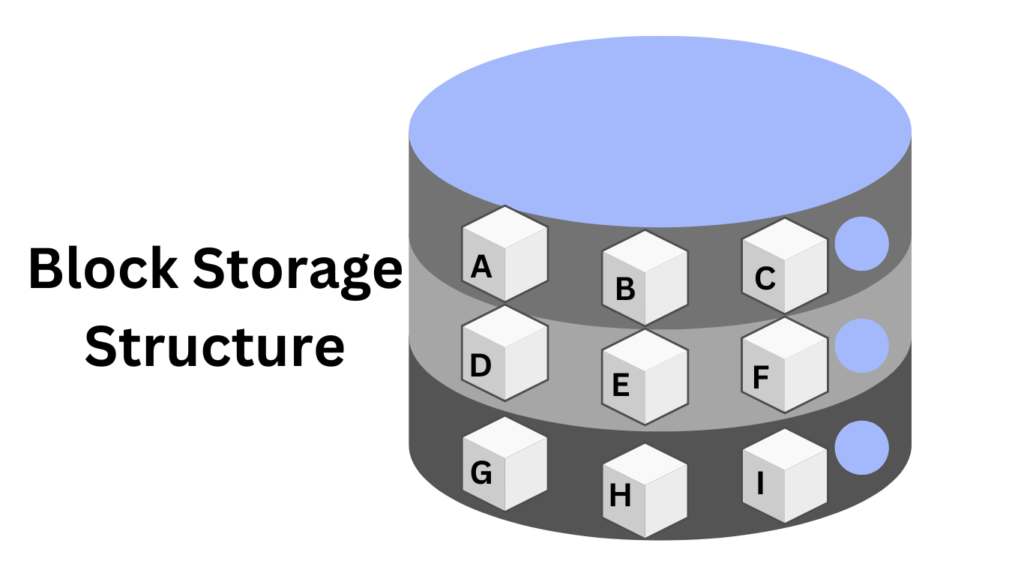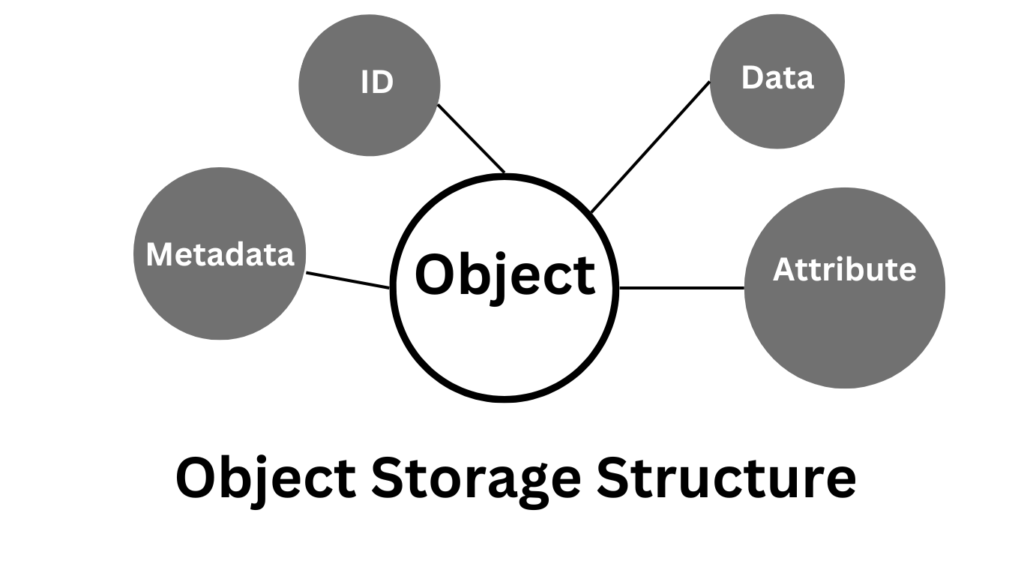Block storage vs object storage are popular solutions with certain advantages and limitations. A company’s data is one of its most valuable assets. Whether your data is financial information, applications, records, etc., you need to take the time to make smart decisions about the best way to store your information. Organizations typically use different storage types, each serving a specific purpose. Therefore, it is important to be aware of the different storage types available, including file, block, and object storage.
Cloud computing, like any other computing, is a combination of CPU, memory, network, and storage. Infrastructure as a Service (IaaS) platforms can store data in either block or object storage formats.
Understanding the differences between these two formats and how to use them together is an important part of designing your overall storage profile. The relatively low cost, durability, and high availability of cloud storage also make it attractive for local infrastructure projects.
What is block storage?

As the name suggests, block storage stores data in blocks and in separate pieces. Each block has a unique identifier (UID) that allows the storage system to place small pieces of data where it is most convenient. Block storage is often configured to isolate data from the user’s environment and distribute it to different environments where it can be processed more easily. When data is requested, the storage system reassembles it and returns it to the user.
Block storage does not use a single path (like file storage) for data, so it can be retrieved more quickly. All blocks are self-contained and can be arranged to be accessible by different operating systems, giving users full control over the organization of their data. It is an efficient and reliable data storage method and is easy to use and manage.
It is especially useful for companies with large transactions and large databases. The more data your organization has, the better block storage will be for you. Block storage generally has lower latency and recovery and better performance. Modifications are easier because you only need to create a new version rather than new blocks. Block storage is often used for transactional databases, email servers, and virtual machine file systems due to its high-performance capabilities.
Block storage is expensive and cannot handle metadata or object storage. Therefore, metadata must be handled at the database or application level, adding complexity. Search capabilities are limited in block storage, and large amounts of block data can be unmanageable. Additionally, purchasing additional block storage can be costly, especially on a large scale.
Block storage is the most commonly used storage type for most applications. It can be used locally or over a network connection, and is typically formatted with a file system such as FAT32, NTFS, EXT3, or EXT4.
Use cases
- Ideal for databases because DBs require consistent I/O performance and low-latency connectivity.
- Use block storage for RAID volumes that combine multiple disks arranged by striping or mirroring.
- Applications that require service-side processing, such as Java, PHP, and .Net, require block storage.
- Run mission-critical applications such as Oracle, SAP, Microsoft Exchange, and Microsoft SharePoint.
Benefits of Block Storage
- Big data storage: Object storage is ideal for machine learning due to its metadata capabilities, scalability, and robust APIs. Object storage excels at storing and accessing unstructured data.
- Creating backup copies and archives: Object storage is a reliable option for data sets that are not updated frequently. Users who do not use a supported backup utility (Veeam, R1Soft) can use the S3 interface for backup.
- Media and entertainment data storage: This storage solution is great for storing large amounts of images, graphics, video, or audio files. Most importantly, users around the world can access them at lightning speed.
- Data storage with ransomware protection: Object storage creates a new version of the same file every time it changes, so you can recover your data even in the event of a ransomware attack.
- Storing personal medical files: With built-in security and flexible replication, object storage is used to protect personal health data. Additionally, some object storage solutions are HIPAA-compliant by default, which is an important factor when storing personal medical files.
- Static website hosting: Object storage is a suitable environment for hosting static websites that automatically scale with traffic demands. Using object storage
What is object storage?

Object-based storage uses a flat structure that divides files into individual parts called objects and distributes them across hardware. Data is stored in a single repository rather than in folders or blocks on a server like other storage types. Not all data is stored together in a single file. Object storage volumes are modular. Each part is a self-contained repository that owns metadata that describes the data, including information such as UID, security, access contingency, and age for discoverability of distributed systems.
For data retrieval, the system uses metadata and UIDs. This allows for better load distribution and allows administrators to enforce policies and conduct robust searches. Unlike file storage, an API is required to access and manage objects. Use cases for object storage include IoT data management, backup and recovery, email storage, and video surveillance.
Object storage is cost-effective because you only pay for what you use. Scaling is easy and is particularly suitable for static data. Its agility and flat nature make it particularly suitable for unstructured data, as well as allowing it to scale to very large amounts of data. Metadata is stored with the object, so users can derive value from this information and easily retrieve the objects they need. Object storage provides advanced search capabilities through metadata, object content, and other properties.
The disadvantage is that the object cannot be modified and must be written to all at once. Object storage is also more difficult to incorporate into traditional databases because creating objects is relatively slow, and writing apps that use object storage APIs is not as easy as file storage. Files cannot be locked, and performance can be slower than other storage types.
Use Cases
- Storage of unstructured data such as music, images, and video files.
- Storage for backup files, database dumps, and log files.
- Large datasets. Whether you want to store pharmaceutical or financial data or multimedia files such as photos and videos, you can use storage as a big data object store.
- Store files instead of local tape drives. You can store media assets, such as video footage, in object storage and archive them to AWS Glacier.
Block storage vs object storage: Differences
| Key | Object storage | Block storage |
| Data storage | Data storage in flat file system | of the data in a hierarchical system and reassemble when needed. Data storage is done in a fixed-size block store and in a hierarchical way. |
| Metadata | Unlimited metadata is customizable and unique. | Limited data and limited information |
| Cost | Cost-effective. | Expensive. |
| Scalability | Unlimited scalability. | Limited scalability. |
| Performance | Suitable for high volumes and large files of data Performs best for unstructured data | Best for transactional data and database storage. |
| Location | A centralized or geographically dispersed system that stores data on-premise, in a private, hybrid, or public cloud. | A centralized system that stores data on-premise or in private cloud. Latency may become an issue if the application and the storage are geographically far apart. |
follow me : Twitter, Facebook, LinkedIn, Instagram

